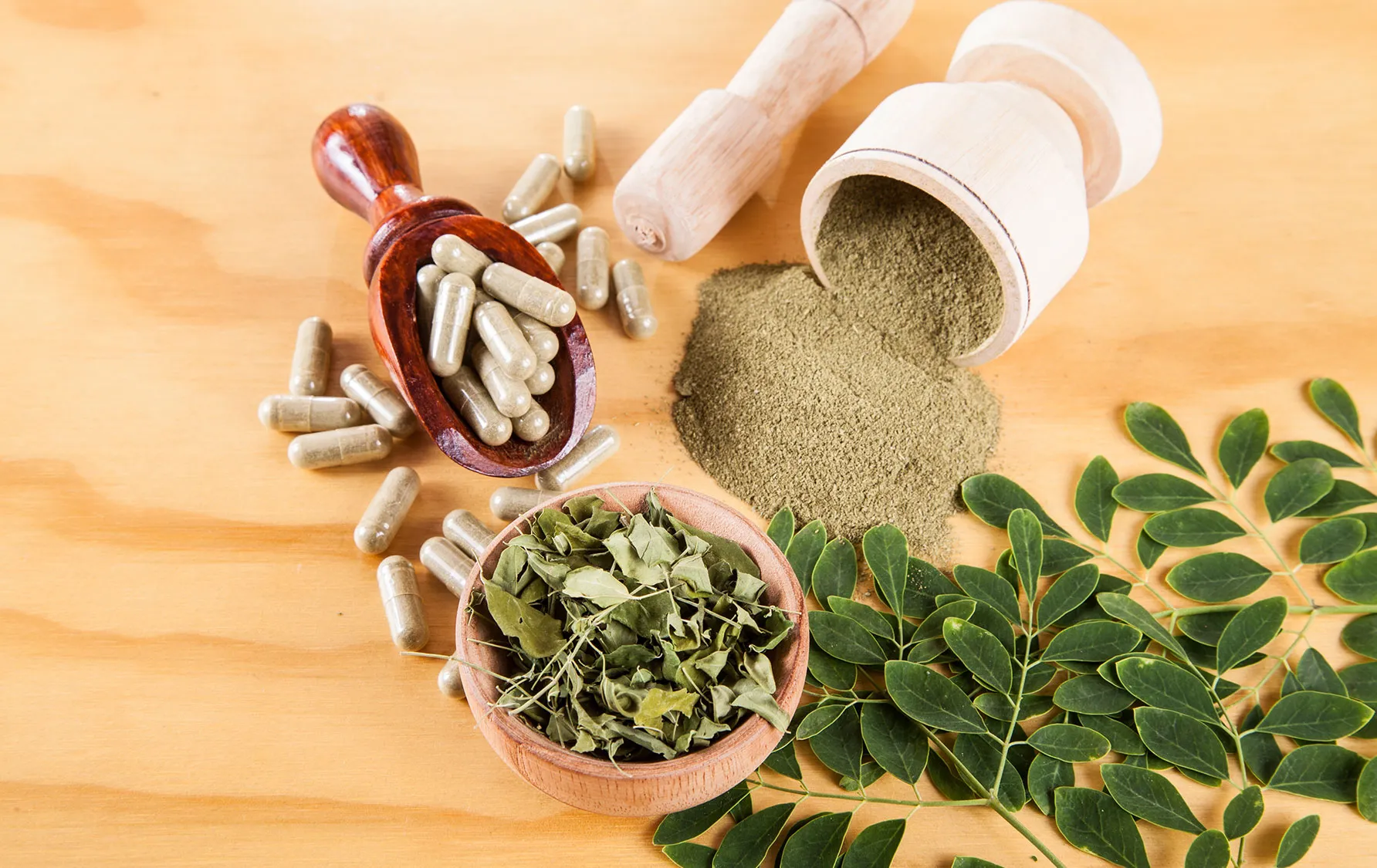Imagine going on the vacation of your dreams.
A new locale ripe for exploration, cafes and restaurants with delicious new foods and ingredients, and a schedule packed with sightseeing. But after an 8 hour airplane flight and the time-zone adjustment, you find you’ve got trouble pooping.
Getting constipated while on vacation can disrupt your stay and your itinerary. In fact, almost 40 percent of travelers report constipation[1]. When you are constipated, you have to strain to defecate, and you typically pass small, hard stools. You may also have a feeling that your rectum has not been completely emptied. Other signs and symptoms of constipation include:
- Abdominal pain
- Difficult and painful bowel movements
- Lower frequency of bowel movements (compared to your normal)
- Bloating
- Feeling tired or sluggish
Although the condition is uncomfortable, it can be simple to deal with! You can even implement steps before going on vacation to prevent constipation.
Why do people get constipated when they travel?
Everyone has a unique schedule of bowel movements, ranging from 3 bowel movements a day to 3 bowel movements a week, but the gastrointestinal tract does not appreciate any disturbances[2]. Travel impacts the scheduled bowel movements, which can lead to the discomfort of constipation.
Along with a change in schedule, there are other travel-related factors that contribute to constipation:
- Food: Often people will try new foods on vacation or have meals at different times than usual.
- Sleep: Did you know that sleep disturbances are linked to gastrointestinal diseases[3]? If your sleeping habits change, it is likely to affect your gut.
- Exercise: Physical activity affects gut health and digestion, changes the microbiome, and even modulates the immune system of the gastrointestinal tract[4]. Changing the timing of exercise disrupts gut function.
- Water: If there isn’t enough water, waste gets stuck in the colon, making it tougher to move.
This series of unfortunate events leads to disruptions in the digestive process, making waste move slower through the gastrointestinal tract. By the time it reaches the end of its journey in the colon, it may become dry or too hard to expel as easily as it normally should, causing pain and constipation. So what can we do to prevent constipation during travel? Read our four tips below!
Tip #1: Drink plenty of water and eat lots of fibre before and during your trip
Hydration and fibre are key to preventing constipation. Making sure you drink enough water will help loosen your stools, making them softer and easier to expel. Dietary fibres are the other half of this preventative equation. This type of fibre cannot be digested by enzymes produced in the human body and instead helps bulk up and soften your stool.
In addition, some of these fibres will be fermented by bacteria in the colon, producing molecules called short-chain fatty acids that help keep the gut and immune system healthy[5].
If you’re looking to load up on dietary fibre before and during the trip, here are a few options:
- Beans and lentils
- Berries
- Whole grains
- Apples
- Potatoes
- Fibre supplements, like Lax-A, to mix in with your water[6]
Tip #2: Keep a regular eating and sleep schedule
Preserving your habits as well as you can during your trip will go a long way[7]. While your brain knows you’re going on vacation, your gut might not. Stick to the same eating habits and sleep schedule if you can. After all, you can’t adjust the time zone in your gut!
Tip #3: Go prepared - take laxatives with you
If you’re unlucky enough to experience vacation constipation, pick up some over-the-counter laxative pills or powders. These laxatives work in different ways and will have different side effects depending on their mechanism[8].
- Osmotics (ex. Lax-A Day®*): These work by moistening the colon, making it easier for stool to pass through quickly. It takes between one to three days for these to begin working. Check the label for medicinal ingredients like polyethylene glycol.
- Bulk-forming laxatives (ex. Lax-A Fibre®*): These work by adding mass and softening the stool so that it passes more easily. The key ingredients in this laxative are fibers like psyllium or inulin which can be mixed in with a glass of water.
- Stool softeners: These laxatives work by adding moisture to the stool so that it passes more easily. These may take one to two days to begin working. Check the label for docusate sodium and docusate calcium.
- Stimulants (ex. Lax-A Senna®*): These work by stimulating muscles to move waste through the gut. It may take as little as six hours for these drugs to work, when taken in tablet form. Check the label for the medicinal ingredients that indicate a stimulant, sennosides and bisacodyl.
Here are some other tips for taking your laxatives:
- Do not try to swallow the powder-form laxatives. Mix with liquid following the labelled instructions.
- Each dose should be taken with a full glass of cold water or juice.
- For fastest effects, take stimulant laxitives on an empty stomach[9].
Tip #4: Keep active
Keep active, stay moving and avoid sitting for prolonged periods of time. Light exercise promotes gut motility and may help you avoid constipation on your trip[10]. It increases blood flow and electrically stimulates the muscles that move waste through the gut.
Conclusion
Prevent yourself from getting constipated while you travel this summer. Drinking lots of water and eating a diet high in fibre. Eating and sleeping at regular times, even while you’re on the trip, will ensure that your bowel movements stay consistent. If you’re a little worried, take laxatives with you on the trip. Lax-A products can help ensure healthy bowel movements. Finally, keeping active will make sure the muscles surrounding your gut receive plenty of energy to keep moving.
Lax-A Day®, Lax-A Fibre® and Lax-A Senna® are registered trademarks owned by Norwell Consumer Healthcare Inc.
These products may not be right for you. Always read and follow the label.
References
- Mearin, F., Balboa, A., Badía, X., Baró, E., Caldwell, E., Cucala, M., ... & Talley, N. J. (2003). Irritable bowel syndrome subtypes according to bowel habit: revisiting the alternating subtype. European journal of gastroenterology & hepatology, 15(2), 165-172.
- Mitsuhashi, S., Ballou, S., Jiang, Z. G., Hirsch, W., Nee, J., Iturrino, J., ... & Lembo, A. (2018). Characterizing normal bowel frequency and consistency in a representative sample of adults in the United States (NHANES). Official journal of the American College of Gastroenterology| ACG, 113(1), 115-123.
- Khanijow, V., Prakash, P., Emsellem, H. A., Borum, M. L., & Doman, D. B. (2015). Sleep dysfunction and gastrointestinal diseases. Gastroenterology & hepatology, 11(12), 817.
- Cronin, O., Molloy, M. G., & Shanahan, F. (2016). Exercise, fitness, and the gut. Current opinion in gastroenterology, 32(2), 67-73.
- Silva, Y. P., Bernardi, A., & Frozza, R. L. (2020). The role of short-chain fatty acids from gut microbiota in gut-brain communication. Frontiers in endocrinology, 11, 25.
- Laxatives - natural psyllium constipation relief. Lax. (2021, November 15). Retrieved June 2, 2022, from https://laxasolutions.com/products/lax-a-fibre/
- Brody, B. (2018, May 8). 'travel constipation' is real-here's how to keep it from ruining your next trip. Health. Retrieved June 2, 2022, from https://www.health.com/condition/digestive-health/travel-constipation
- Mayo Foundation for Medical Education and Research. (2022, March 3). Over-the-counter laxatives for constipation: Use with caution. Mayo Clinic. Retrieved June 2, 2022, from https://www.mayoclinic.org/diseases-conditions/constipation/in-depth/laxatives/art-20045906
- Government of Canada, H. C. (2016, April 13). Drug details - drug and health product register. Drug Details - Drug and Health Product Register. Retrieved June 2, 2022, from
- Martin, D. (2011). Physical activity benefits and risks on the gastrointestinal system. Southern medical journal, 104(12), 831-837.





